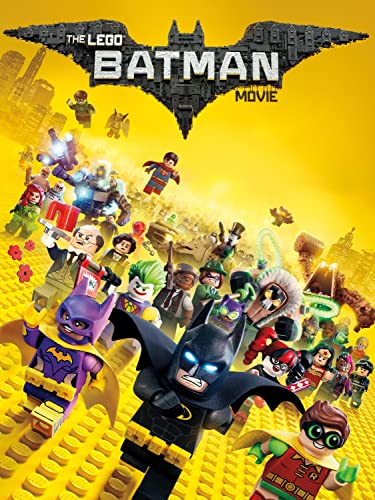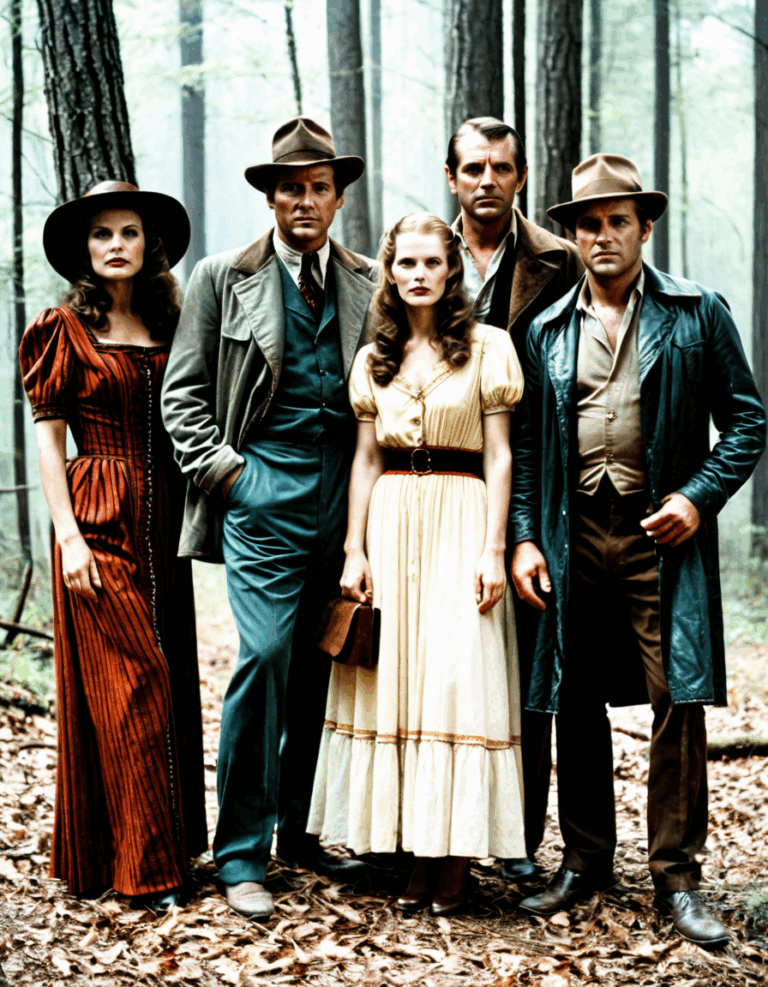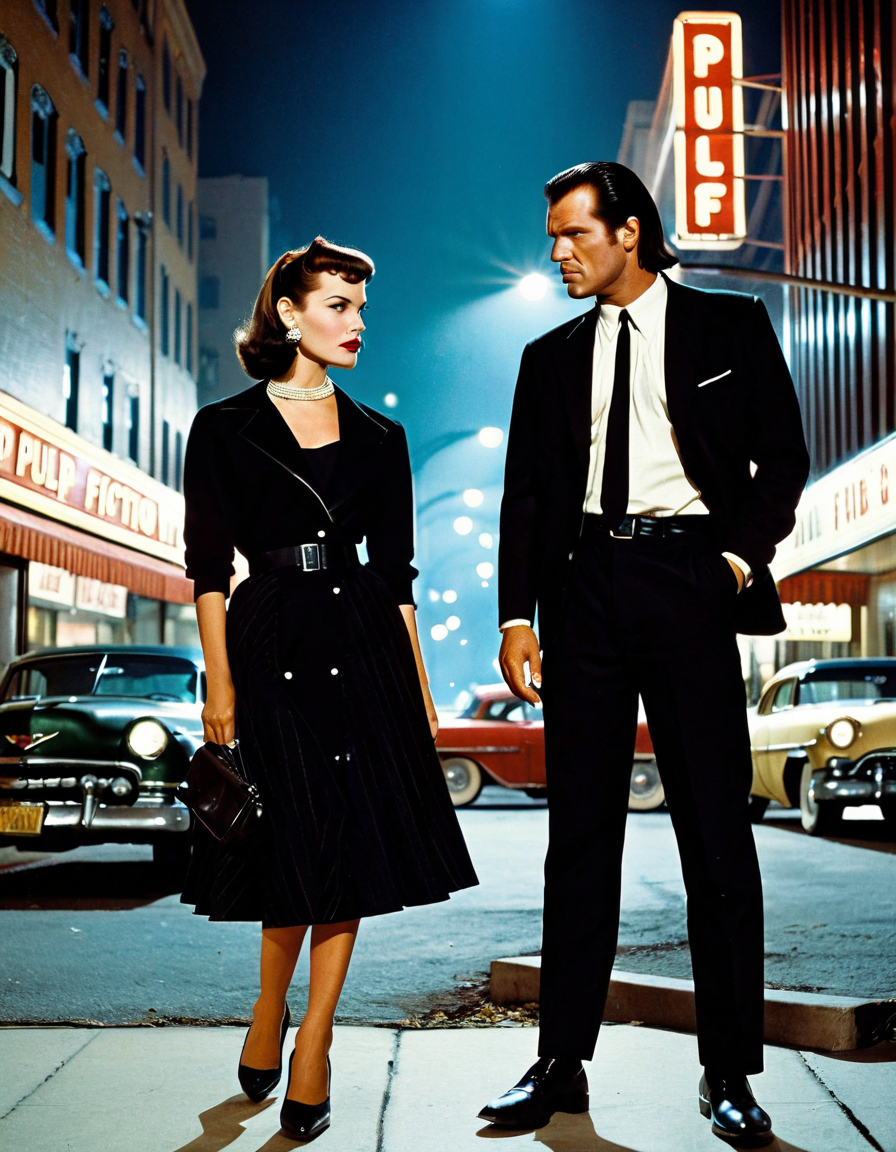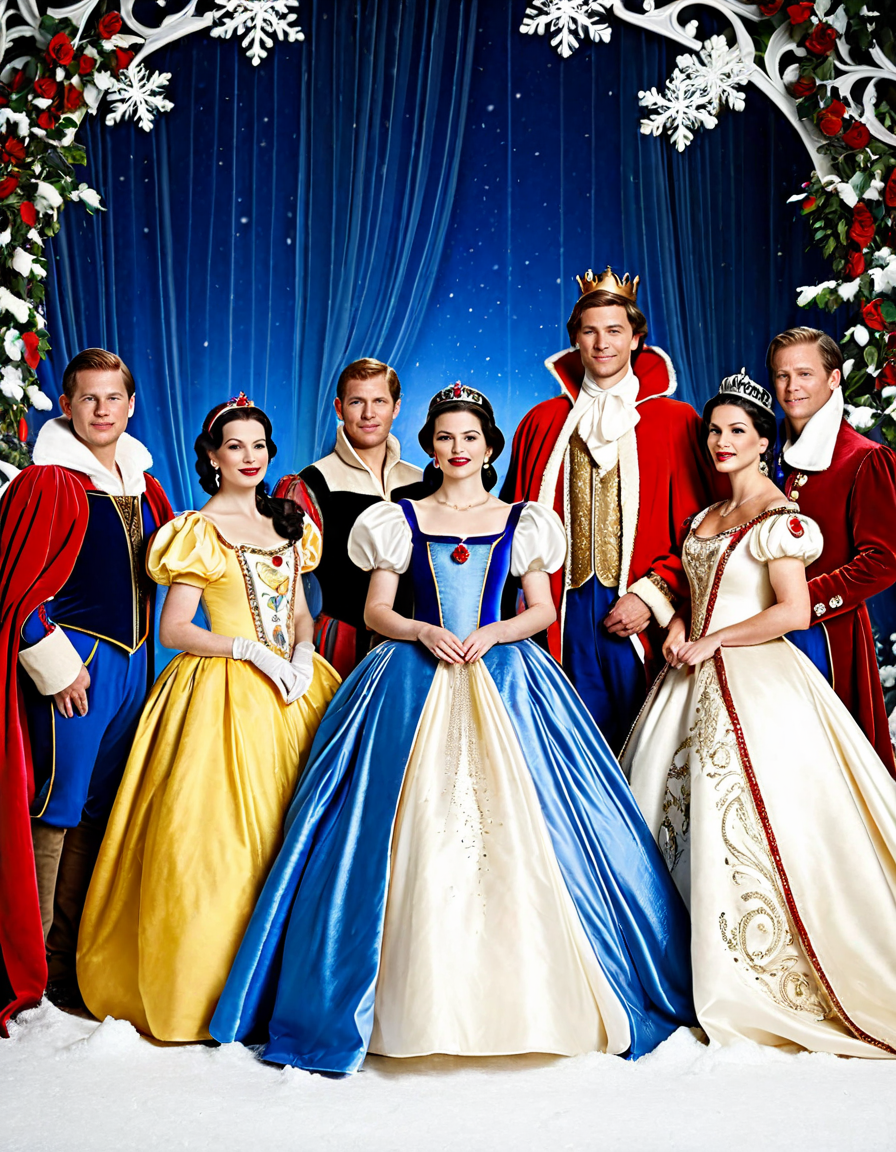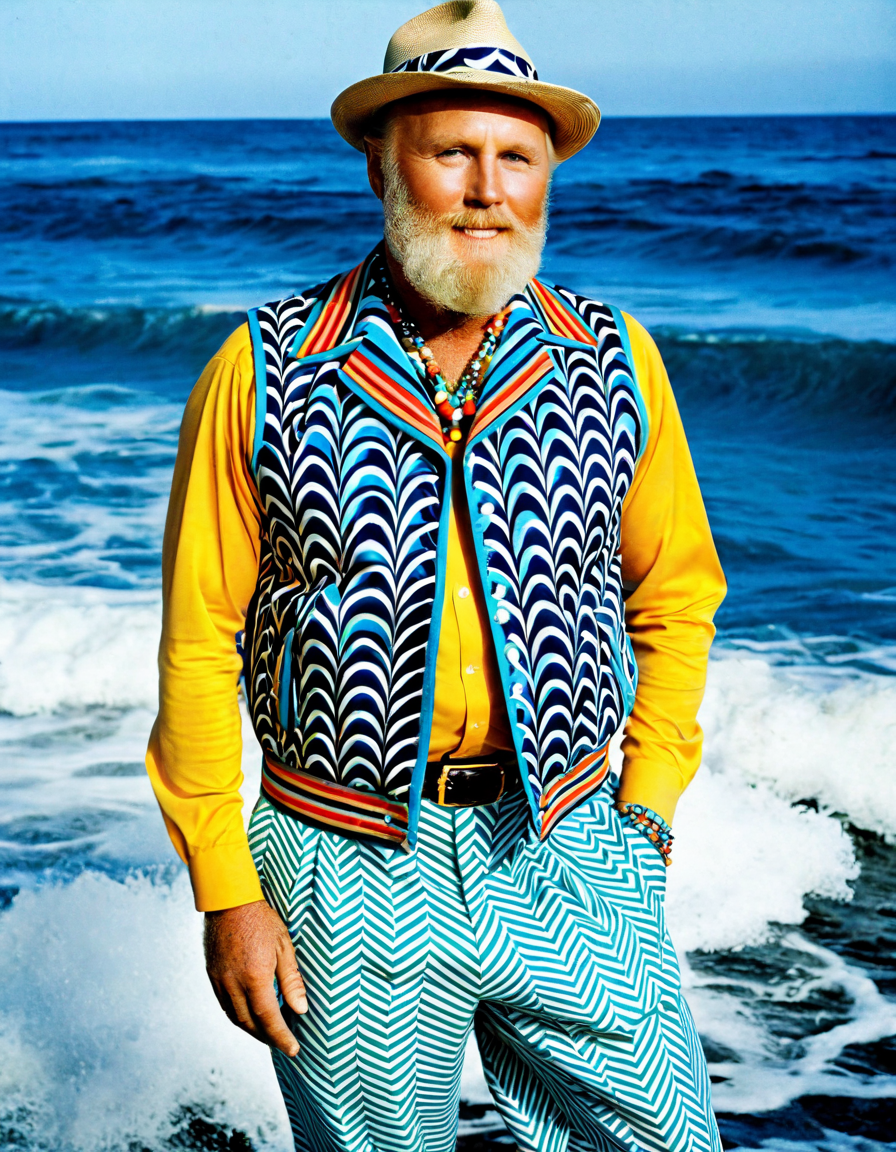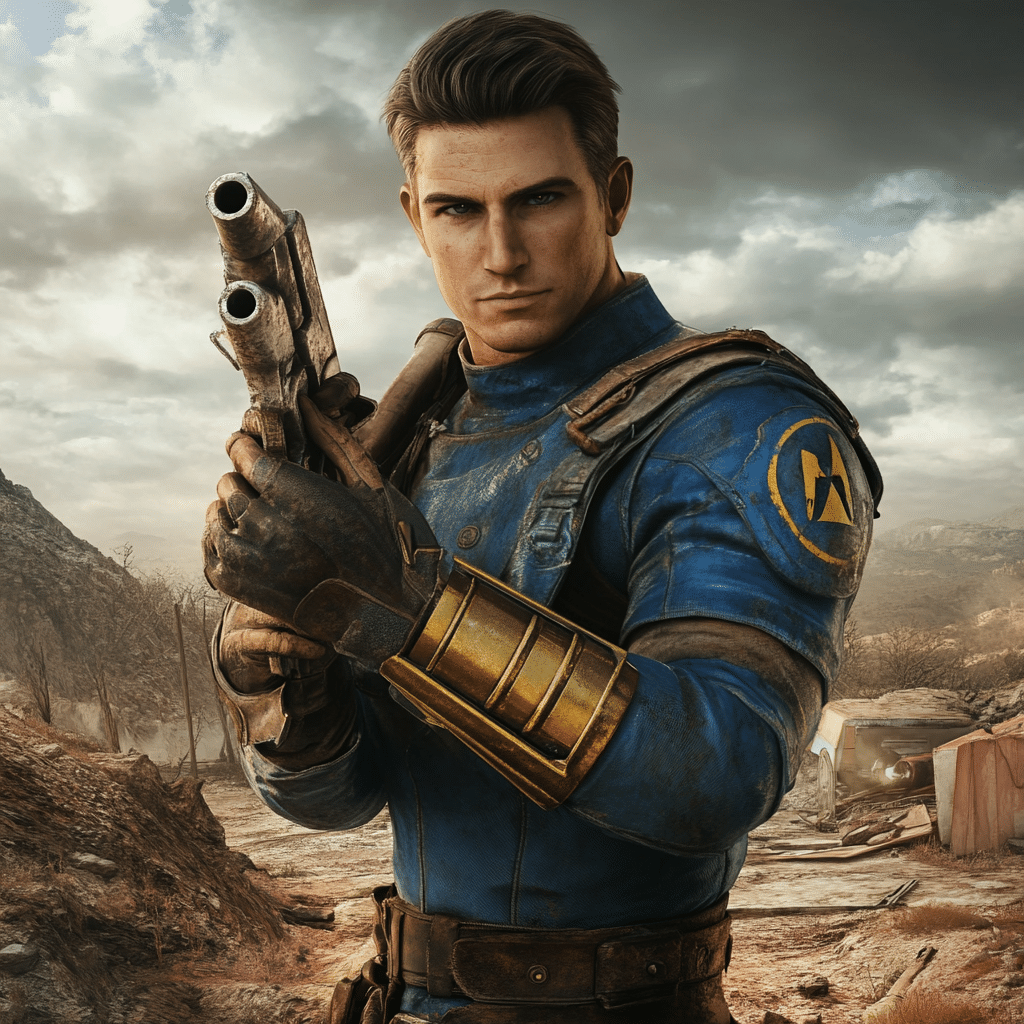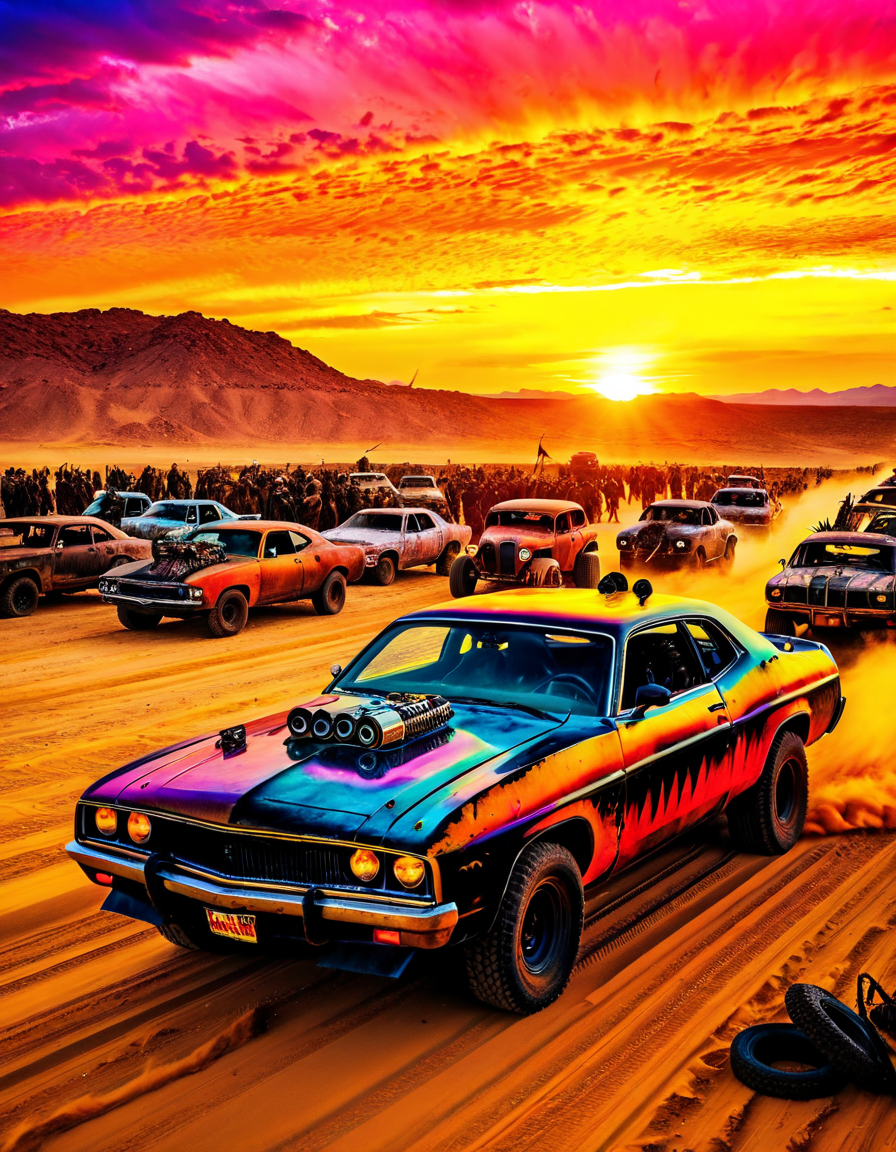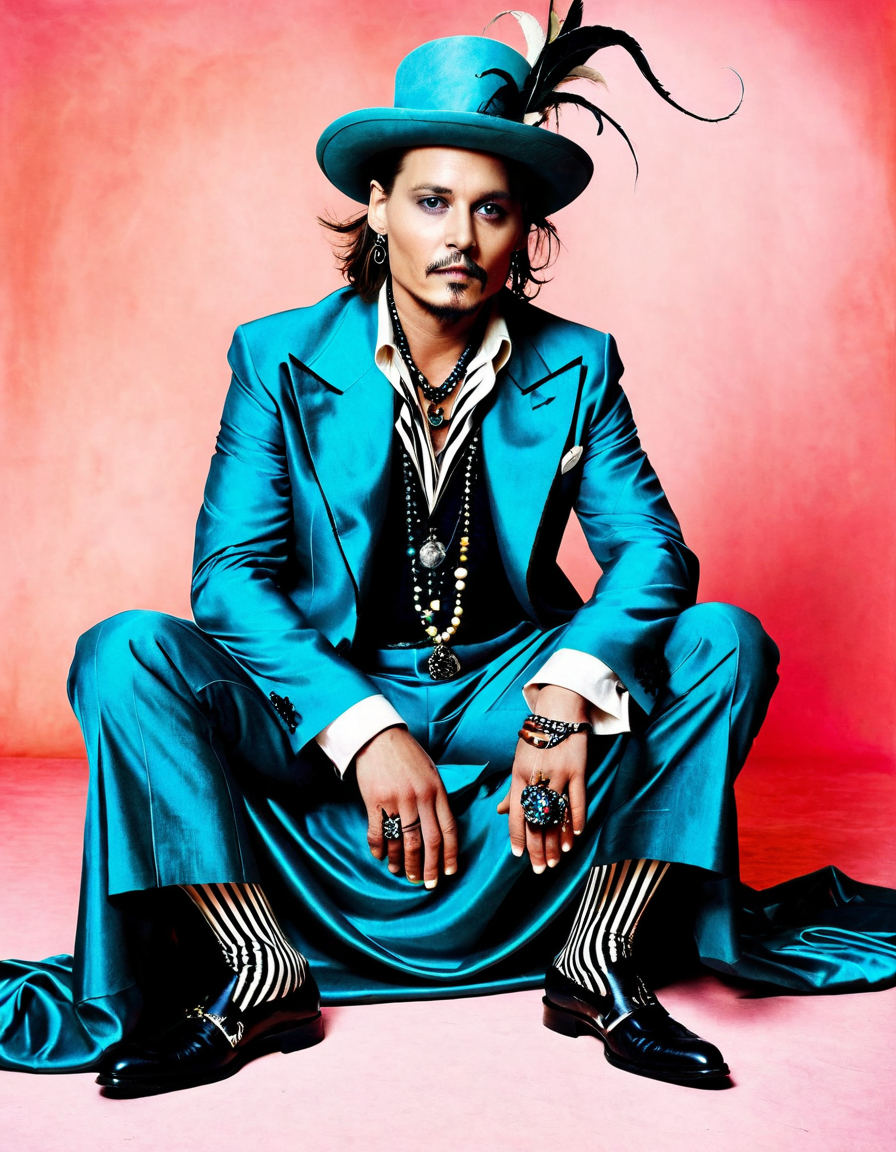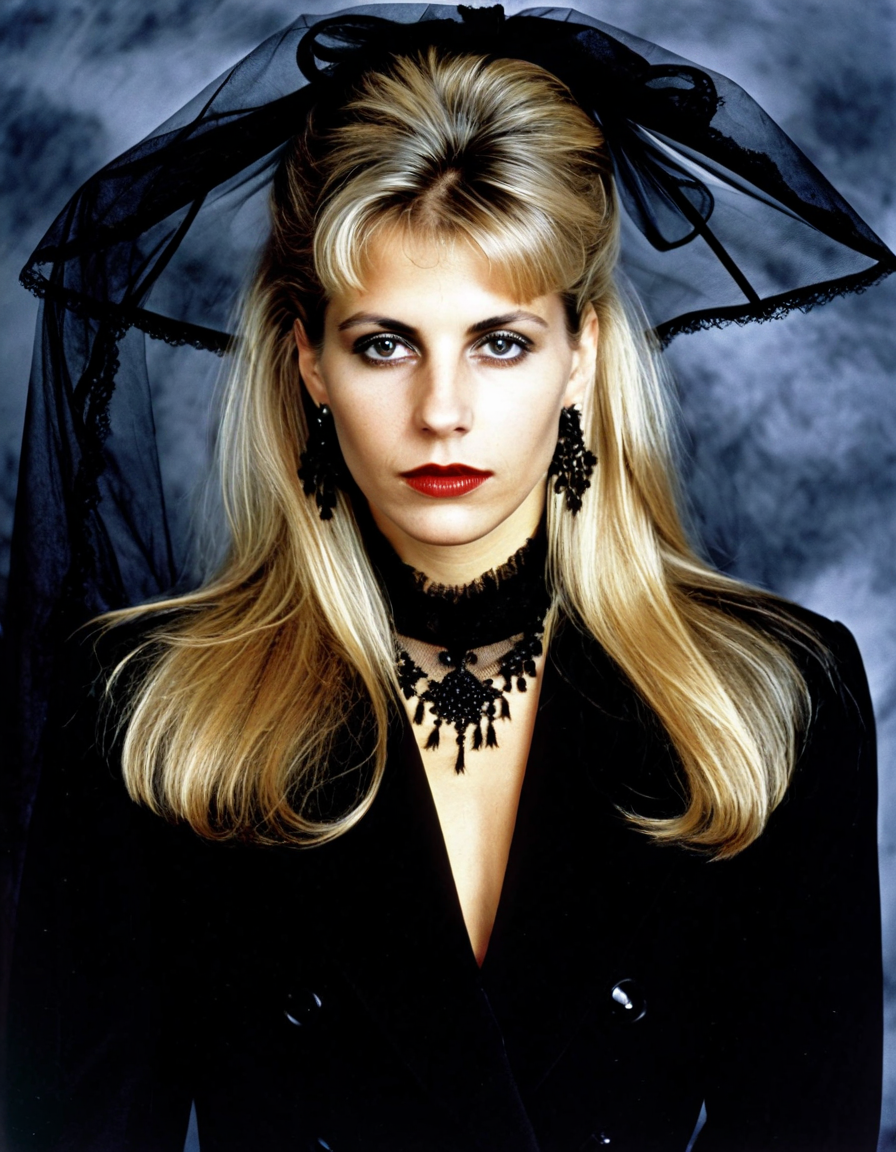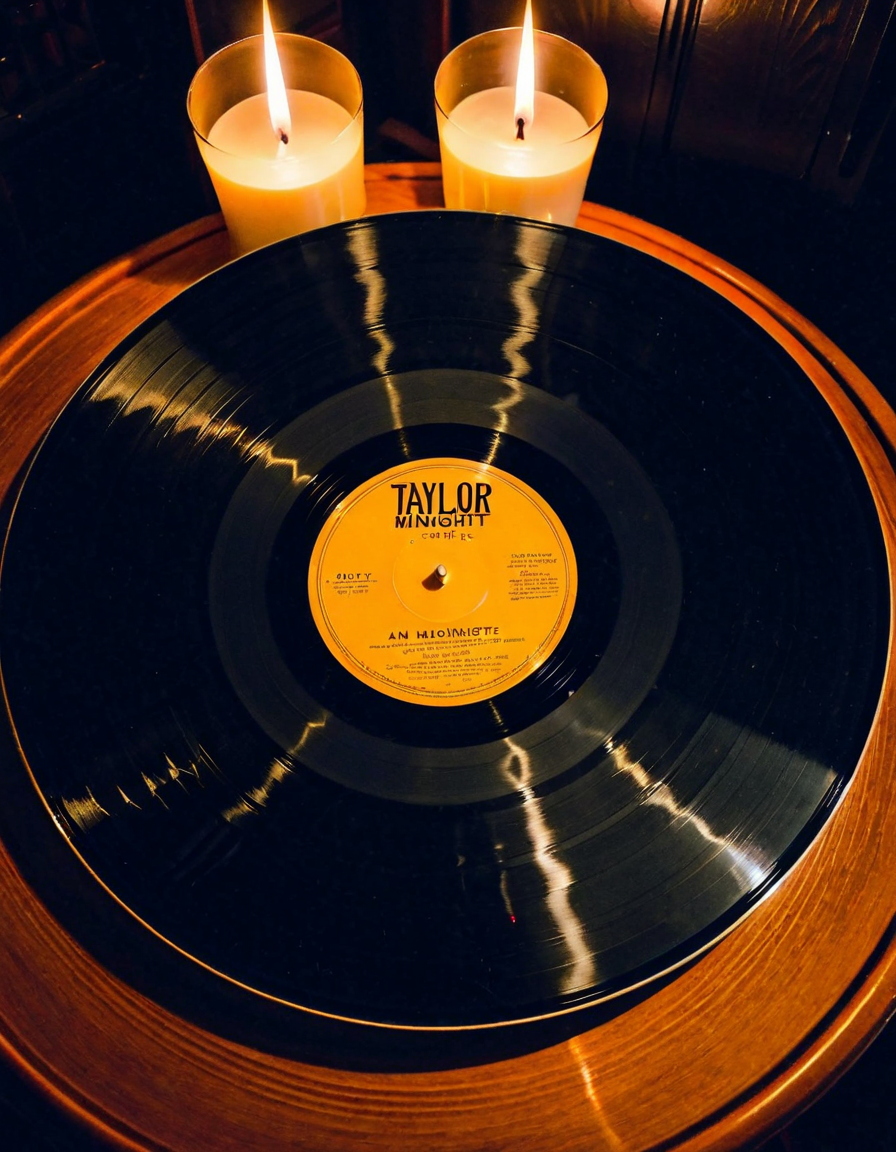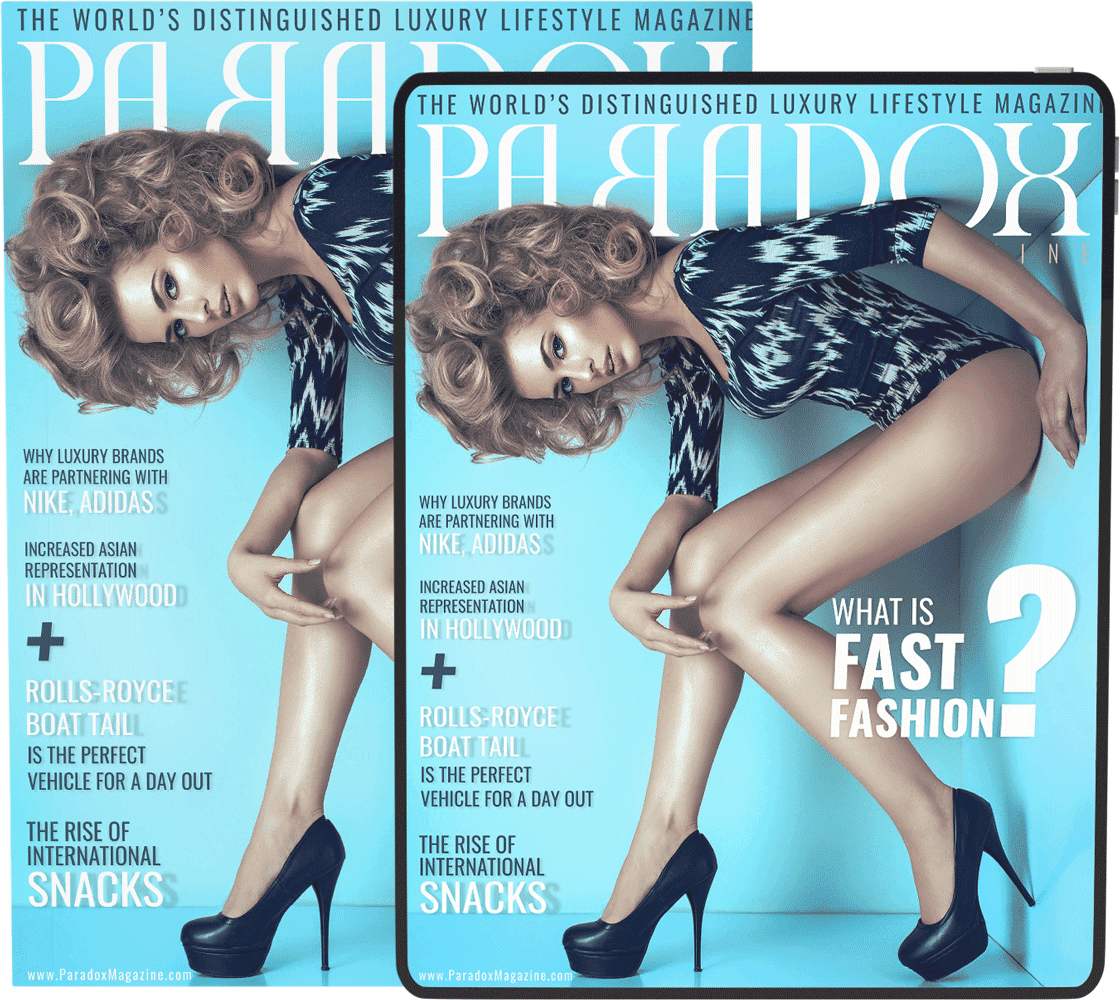Pulp fiction storytelling has enchanted readers for nearly a century, morphing from the cheap magazines of the early 20th century into a multifaceted genre that continues to resonate today. With its thrilling narratives and chaotic plots, it serves as a vivid reflection of societal anxieties and trends. This captivating world of pulp fiction beckons us with all of its seductive chaos, now more relevant than ever as it melds with modern themes of crime, culture, and the human experience. So, grab a comfy chair and let’s delve deeper into the allure of pulp fiction.

The Enduring Allure of Pulp Fiction in a Modern Context
Pulp fiction isn’t just a nostalgic journey; it’s a living entity that constantly evolves with our cultural landscape. Many find the chaotic narratives incredibly engaging, as they mirror our own complexities and social vibrations. From the sizzling pages of the past to the pixelated screens of today, these stories manage to ignite discussions about morality, identity, and destiny.
What makes pulp fiction so compelling is its uncanny ability to hold a mirror to the world. These tales peel back layers of societal facades, exposing greed, lust, and ambition. This genre invites critics and fans alike to ponder: What does it mean to be human in an age of chaos? Whether it’s through a steamy noir or an electrifying screenplay, these stories showcase the frailty of human nature, making them timeless.
As we sift through the ribbons of crime and darkness, it’s essential to recognize the works that shaped the genre. Each piece serves as a stepping stone in the evolution of pulp fiction, echoing our persistent fascination with crime and chaos.
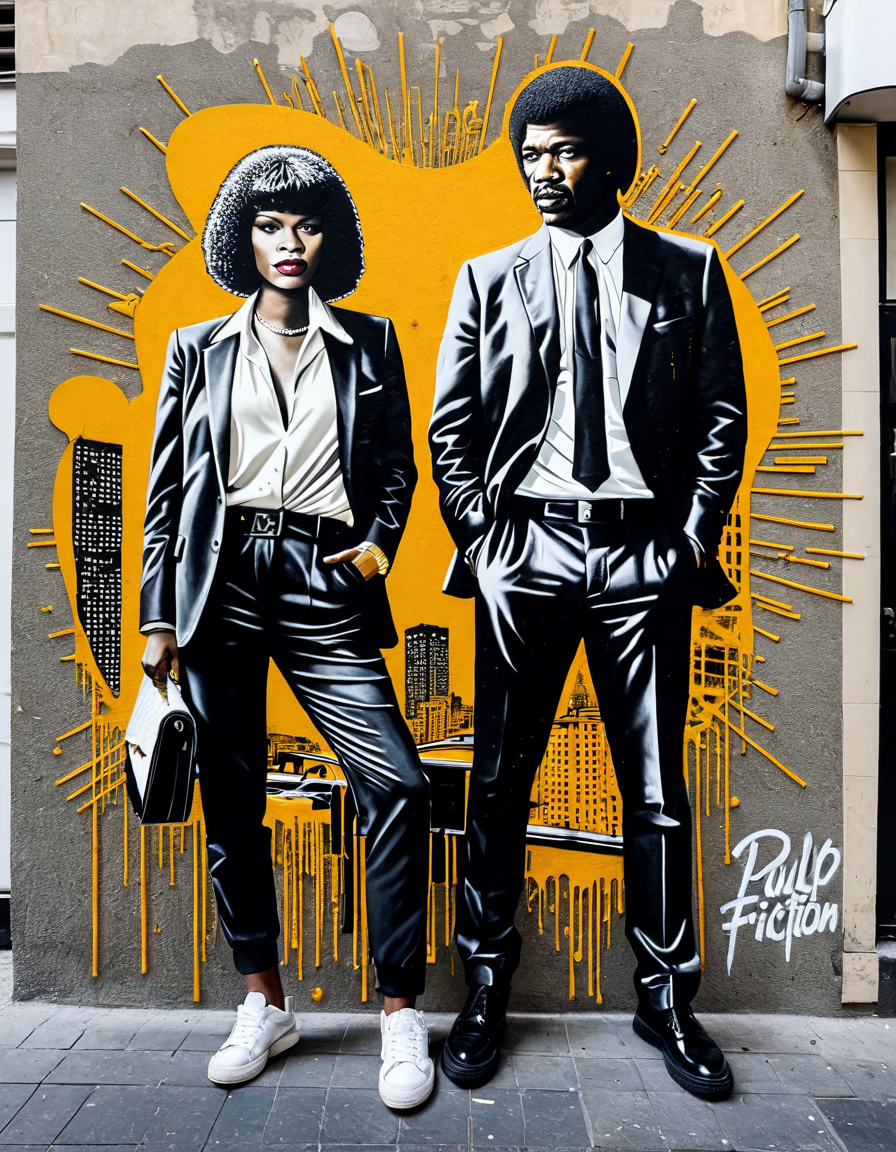
Top 7 Pulp Fiction Works That Defined Crime and Chaos
Pulp fiction has birthed numerous iconic tales that epitomize the hallmark themes of crime and chaos. Here are seven works that not only achieved commercial success but also offered profound insights into human nature and societal issues.
1. “The Maltese Falcon” by Dashiell Hammett
Published in 1929, Hammett’s masterful weaving of the detective genre with elements of noir established a template for many crime stories to follow. The portrayal of morally ambiguous characters like Sam Spade challenges readers to question the very nature of justice and integrity. This isn’t just a story—it’s a gritty exploration of the blurred lines between right and wrong.
2. “The Big Sleep” by Raymond Chandler
Chandler’s 1939 novel envelops readers in the gritty underbelly of Los Angeles. With his protagonist Philip Marlowe, Chandler infused the genre with sharp dialogue and complex narratives. The interplay of corruption and desire reflects the chaotic zeitgeist of his era, much like today’s gritty adaptations such as “Law & Order,” showcasing how these themes are still very much alive in our cultural consciousness.
3. “Pulp Fiction” by Quentin Tarantino
Arguably the most influential film of the 1990s, Tarantino’s “Pulp Fiction” not only revitalized the genre on-screen but also brought the essence of pulp fiction into mainstream cinema. Its non-linear storyline and eclectic cast of characters forge a chaotic narrative that skillfully critiques postmodern society. Watching it today is like peeking into a kaleidoscope of crime, chaos, and subversive humor.
4. “The Postman Always Rings Twice” by James M. Cain
This 1934 novel stood out with its stark depiction of lust and betrayal. Cain’s nuanced exploration of existential themes through crime uncovers darker desires lurking beneath the surface of the American Dream. Its adaptation into film gave rise to a new wave of noir thrillers that resonates through cinema even now, reminding us that seduction can often lead to chaos.
5. “Fight Club” by Chuck Palahniuk
Though classified as contemporary literature, Palahniuk’s 1996 novel is steeped in the chaotic impulses of classic pulp fiction. It tackles themes of masculinity and consumerism, forging a cult following and influencing an entire generation. The film adaptation introduced millions to its potent critique of the 1990s culture, exemplifying the chaotic spirit that defines pulp fiction.
6. “No Country for Old Men” by Cormac McCarthy
This 2005 novel, adapted into a critically acclaimed film, embodies the chaos of modern America with its relentless pursuit of fate and morality. McCarthy’s exploration of violence as a fundamental aspect of existence resonates eerily with today’s headlines, making it a vivid example of how pulp fiction thrives on the chaotic currents of society.
7. “Gone Girl” by Gillian Flynn
Flynn’s 2012 psychological thriller reinvigorated the crime genre in the 21st century, merging traditional pulp elements with modern sensibilities. Its intricate portrayal of toxic relationships and media manipulation highlights societal obsessions with appearances and deception. Just like a layered ensemble, it reveals complexities that make us question our own realities.
The Evolution of Pulp Fiction: From Paperbacks to Streaming Services
The influence of pulp fiction has grown alongside technological advancements. In the 21st century, platforms like Hulu and Netflix have begun producing series inspired by classic pulp narratives, such as “Mindhunter” and “Top of the Lake.” Each series encapsulates the chaotic spirit of the genre while bringing contemporary issues, like mental health and systemic corruption, into high-definition focus.
Today’s adaptations further enrich the genre, allowing audiences to dive deeper into complex characters and narratives previously confined to paperbacks. Beyond mere entertainment, these shows elevate pulp fiction into significant societal dialogues, holding up a mirror to the chaos we witness in our daily lives. The digital age has endowed pulp fiction with a vibrant new lease on life, enabling it to continue evolving in resonance with its audience.
A New Wave of Pulp Fiction
As the lines blur between outdated tropes and contemporary storytelling, today’s writers are reimagining the pulp fiction narrative. Authors like Joe Lansdale and Sara Gran infuse traditional elements with cutting-edge psychological insights, birthing a new genre of crime fiction. Their innovative approaches push the boundaries of characterization and plot development, refreshing the conversation around pulp fiction.
Moreover, contemporary artists are reinterpreting the pulp aesthetics in visual expression. Graphic novels like “Criminal” by Ed Brubaker and Sean Phillips rejuvenate the bold artistic styles that defined pulp magazines. They remind us that the raw, gritty essence of pulp fiction thrives vibrantly even in glossy pages.
As we navigate this new wave, we see that pulp fiction continues to echo humanity’s deepest fears and desires, empathy and chaos. The genre may be steeped in darkness, but its creativity reveals the light within—much like today’s fashion, which blends elegance with sheer audacity.
The Pulp Fiction Legacy: A Reflection on Chaos and Creativity
Pulp fiction remains a formidable platform for exploring the intricate dance between crime and chaos. Its legacy persists as writers and filmmakers draw from its rich narrative history to address contemporary issues. The essence of pulp fiction demonstrates that beneath the sensational stories lies a profound commentary on the human experience.
As audiences increasingly clamor for authentic, intricately woven narratives—a need amplified by media saturation—the enduring allure of pulp fiction underscores a deeper truth: crime and chaos are not merely elements of storytelling; they are integral to understanding ourselves and the world around us. Like a well-crafted ensemble at the Yard Milkshake Bar, its intricate flavors come together to create a uniquely satisfying experience.
In conclusion, as we embrace the chaos and the creativity that pulp fiction offers, we’re reminded that it’s not just literature or film—it’s a reflection of who we are. As we forge ahead into new artistic territories, let’s celebrate the wild, unbridled spirit of pulp fiction, a testament to our unending story of crime, chaos, and the beautiful mess that ties it all together.
Pulp Fiction: A Deep Dive into the Gritty Genre
The Origins of Pulp Fiction
Pulp fiction, often known for its sensational stories and larger-than-life characters, first burst onto the scene in the 1920s. These tales, crafted for the masses, were often filled with crime, mystery, and thrilling plots. Did you know that the term “pulp” stems from the cheap, low-quality paper on which these stories were printed? Because of that, they could be produced and sold at affordable prices. This genre’s roots run deep, with influences that still echo today, even in wildly popular works like If We Were Villains, which plays with classic themes of betrayal and morality in a gripping narrative.
Iconic Figures Who Shaped the Genre
Writers like Raymond Chandler and Dashiell Hammett pioneered the hard-boiled detective style, crafting narratives that still captivate readers today. Their characters were often tough and morally ambiguous, embodying the chaotic spirit of pulp fiction. Speaking of iconic figures, have you seen the evolution of modern-day stars like Rylee Arnold? Her performances echo the complexity found in these classic stories, proving that the pulse of pulp fiction beats on in contemporary media.
You might also recognize some of the familiar tropes used in modern stories—think crime dramas on television. The long-running series Law & Order channels that same thrilling anticipation that classic pulp fiction delivers in a succinct format, capturing audiences week after week with tales of chaos, justice, and everything in between.
The Enduring Appeal of Pulp Fiction
What keeps readers coming back for more? One answer lies in pulp fiction’s unapologetic embrace of chaos. It’s like indulging in a wild dessert from a place like The Yard milkshake bar, where every bite is a surprising yet delightful experience. The genre invites you to get lost in its madness, whether it’s through the bitter sweetness of an anti-hero’s journey or unexpected twists that leave you guessing until the last page—much like the iconic animation Shrek 4, which juxtaposes chaos with humor.
Finally, let’s not forget the visual influence of pulp fiction on popular culture. Iconic figures like Barbara Bach have graced the screens, often embodying the fierce and complicated roles stemming from this genre. It’s astonishing how these stories have inspired everything from art to film, keeping the intrigue alive for generations, akin to the surprises you’d find in a story about Circus Baby, where unpredictability reigns. No doubt, the legacy of pulp fiction is as rich and nuanced as the finest tea made from rare Da Hong Pao leaves, proving that excellent storytelling knows no boundaries.







